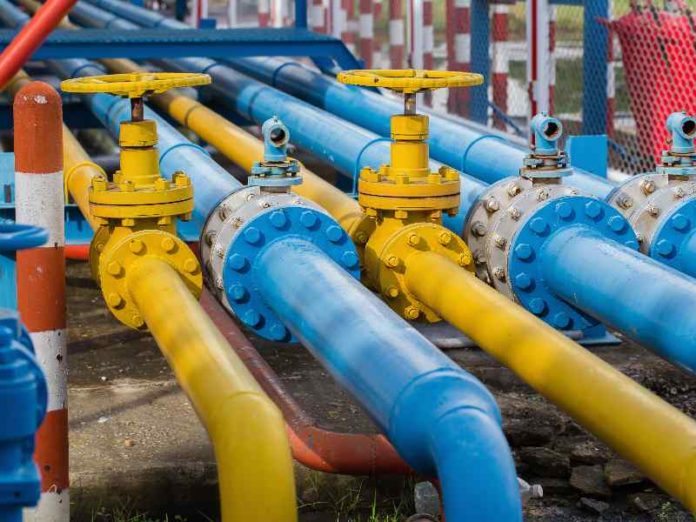
Image: 123RF.com
The investigation conducted by the University of California at Riverside for the California Public Utilities Commission (CPUC) found that hydrogen blends in the natural gas stream are generally safe.
However, blending more hydrogen in gas pipelines overall results in a greater chance of pipeline leaks and the embrittlement of steel pipelines and could require modifications of appliances such as stoves and water heaters to avoid leaks and equipment malfunction.
Further, hydrogen blends of more than 20% present a higher likelihood of permeating plastic pipes, which can increase the risk of gas ignition outside the pipeline.
The study based on a literature review and modelling and experimentation forms part of the CPUC’s rulemaking to establish standards and interconnection protocols for the introduction of hydrogen into the natural gas system.
While trials on blending are being conducted in various locations, including the UK, traditional wisdom is that blends up to 20% can be injected without requiring modifications to infrastructure or appliances.
“This study provides additional insight into the possibilities and limits of California’s pipeline infrastructure as we explore options for supplying zero-carbon energy to hard to decarbonise applications,” commented Clifford Rechtschaffen, who is assigned to the renewable gas rulemaking.
Hydrogen infrastructure
The reason underlying the need for changes in infrastructure for hydrogen is that its energy content is about only one-third that of natural gas. Thus not only is more hydrogen-blended natural gas needed to deliver the same amount of energy to users compared to pure natural gas but also a higher volumetric flow rate is required.
This can be accomplished by increasing the operating pressure in the pipeline system – hence, the potential increased leakage – or replacing existing pipelines with larger ones.
For domestic appliances, the main concerns are the potentially higher combustion temperatures with hydrogen blends, which could lead to local overheating of components, and the increase in the burning velocity, which poses a risk of potential flashbacks.
The study project team has recommended filling out knowledge gaps with a three-year programme of further laboratory and extended real-world utility testing of hydrogen blending initially in proportions up to 20%. The latter is also able to include the effect of parameters such as weather-induced temperature changes, pressure cycling and length of exposure.
Longer-term lab activities would focus on blends up to 50% and then higher blends.